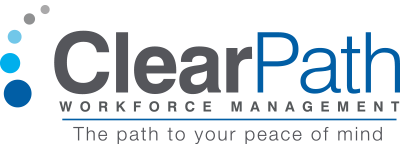Recently, I was talking with a contact who told me that he’s been hearing a few people use the term “Subcontractor” when referring to “Independent Contractors (IC).” My contact said this confused him at first because he’s always considered Subcontractors as small businesses with W-2 employees. He was told that it’s common for an enterprise organization to not do business with “Independent Contractors” (IC) because of the risk factors, but they will do business with a “Subcontractor” that is an S Corp or C Corp, thinking this protects the company from worker misclassification risk.
LLC or S Corp misnomer
We’ve also seen that sometimes the IC will change from an LLC to an S Corp so they can engage with the client in a Corp-to-Corp relationship as a “Subcontractor.” This practice is a misnomer, too. There is growing pressure from an evolving marketplace, and with a war on talent and a record low unemployment rate of 3.9%,2 your organization may be trying to be creative in finding talent management solutions. We want to educate and clarify some of these risk measures.
It’s a pretty common misconception for a company to believe that just because “the worker created an LLC or S-Corp to do business with us” it will protect them from worker misclassification risk. Often times, they believe that because “we have a written contract” it ensures compliance. What they don’t realize is that there are legal realities to Independent Contractor and Subcontractor risk. Although many IC classification tests exist, even when agencies, courts, and juries apply the same test, they often arrive at different results. The factors they should be considering when engaging a worker or subcontractor are related to behavior controls, financial controls, and the relationships of the parties. You also run the risk of misclassification, which can result in significant taxes, penalties, and fines.
It depends on the circumstances of the whole activity
The US Supreme Court has said there is no definition that solves all problems relating to the employer/employee relationship under the Fair Labor Standards Act (FLSA)1. The Court has also said that determination of the relationship cannot be based on isolated factors or upon a single characteristic but depends upon the circumstances of the whole activity. The goal of the analysis is to determine the underlying economic reality of the situation and whether the individual is economically dependent on the supposed employer. In general, an employee, as distinguished from an independent contractor or subcontractor who is engaged in a business of his own, is one who “follows the usual path of an employee” and is dependent on the business that he serves. The factors that the Supreme Court has considered significant, although no single one is regarded as controlling, are:
- the extent to which the worker’s services are an integral part of the employer’s business,
- the permanency of the relationship,
- the amount of the worker’s investment in facilities and equipment,
- the nature and degree of control by the principal,
- the worker’s opportunities for profit and loss,
- the level of skill required in performing the job,
- and the amount of initiative, judgment, or foresight in open market competition with others required for the success of the claimed independent enterprise.
Contact ClearPath for more information on how to safely engage Subcontractors and Independent Contractors. We are keeping pace with all of these legislative changes, so you won’t have to. When ClearPath is your Agent of Record (AOR), using Independent Contractors and Subcontractors can help you maintain a flexible workforce of specialized talent, save on labor costs, streamline your entire worker compliance program and mitigate your misclassification risks:
- Save Time – Relieve your procurement, accounts payable, and Human Resources departments from the time and effort they spend on administrative tasks involved with paying and managing Independent Contractor 1099 workers, Corp-to-Corp, and sub-vendors.
- Make one payment – Consolidate billing, payment, and contracts instead of processing numerous invoices from your Independent Contractors.
- Expand your supply chain – Add additional vendors and niche suppliers as sub-contractors to ClearPath without adding extra work for your staff.
Work with a leader in the industry for outsourced Human Resources functions associated with IC and Subcontractors. Get the benefits of using ClearPath as your Agent of Record (AOR). We provide the following services: outsourced administration; onboarding and offboarding processes for Independent Contractor 1099 workers; Corp-to-Corp and sub-vendors; contract management; fast, efficient payment processing; Statement of Work (SOW)/ purchase order administration; and year-end 1099 processing. Let ClearPath be the path to your peace of mind.
Sources:
1US Department of Labor, https://webapps.dol.gov/elaws/whd/flsa/docs/contractors.asp
2Bureau of Labor Statistics, https://www.bls.gov/
- Written by: Connie Wendt
- Posted on: May 15, 2018
- Tags: AGENT OF RECORD, EMPLOYER OF RECORD SERVICE, EMPLOYMENT COMPLIANCE, EMPLOYMENT PRACTICES, ENGAGING W-2 WORKERS, HIRING PROCESS, INDEPENDENT CONTRACTOR, INDEPENDENT CONTRACTOR COMPLIANCE, SELF SOURCED WORKERS, SUBCONTRACTORS, W-2 Worker Classification, Workforce Classification

